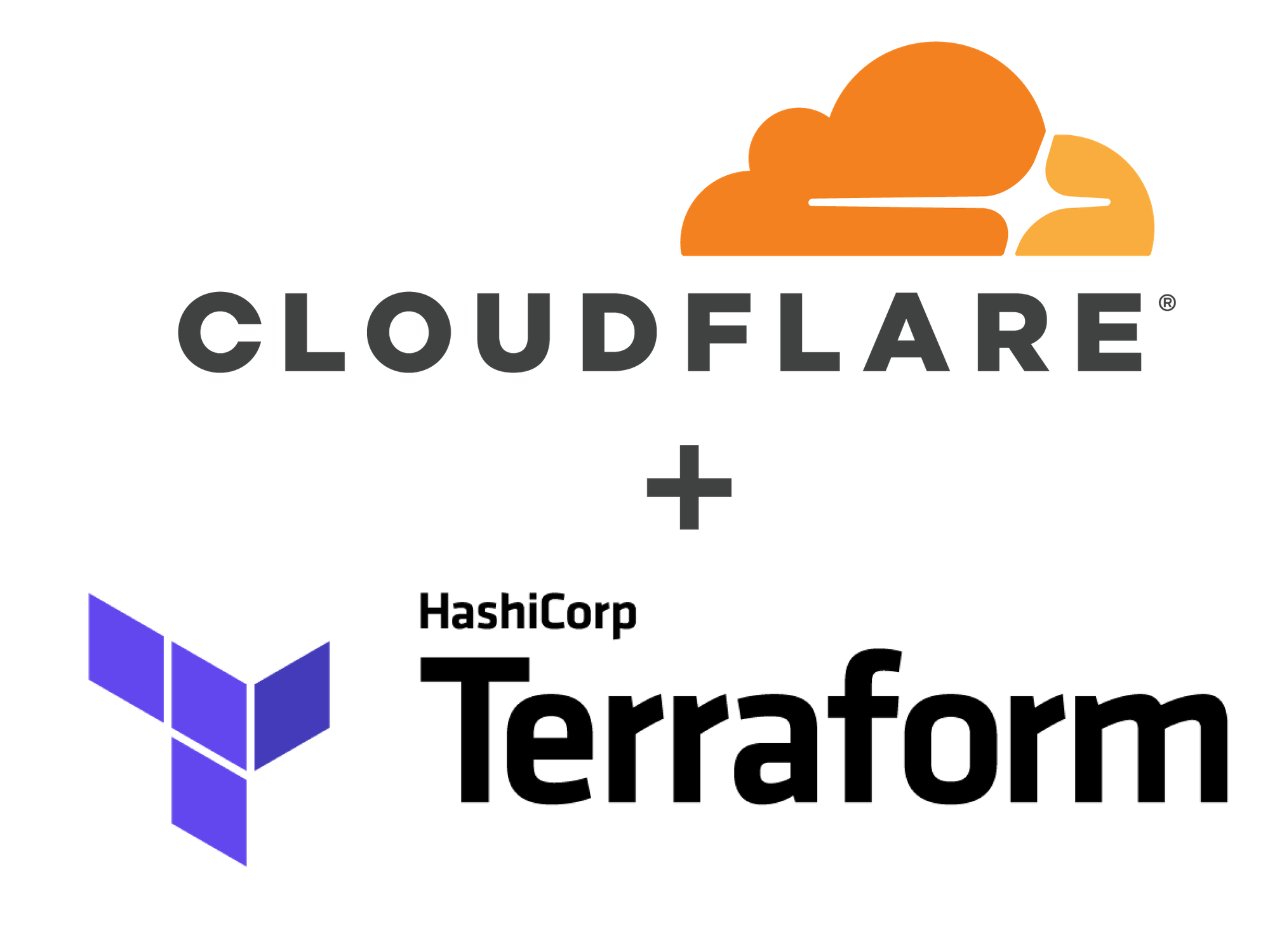Samsung Rides OpenStack, Container Environment for 5G
 The vendor is taking advantage of OpenStack and virtualization platforms like containers and the container environment.
The vendor is taking advantage of OpenStack and virtualization platforms like containers and the container environment.
 The vendor is taking advantage of OpenStack and virtualization platforms like containers and the container environment.
The vendor is taking advantage of OpenStack and virtualization platforms like containers and the container environment.
In this briefing, Meta Networks discussed their new partnership with Talari. Talari is an SD-WAN provider for enterprises. Meta is providing remote access. Therefore, what you’ve got with the Talari/Meta partnership is a full-featured WAN solution.
The post BiB 055: Meta Networks Brings SD-Perimeter To Talari’s SD-WAN appeared first on Packet Pushers.
 Metamako provides 4 nanoseconds of latency, advancing the “race to zero.” The acquisition will boost Arista's product line targeted at financial services.
Metamako provides 4 nanoseconds of latency, advancing the “race to zero.” The acquisition will boost Arista's product line targeted at financial services.
 Datrium says its software simplifies hybrid cloud compared to traditional storage systems and hyperconverged infrastructure.
Datrium says its software simplifies hybrid cloud compared to traditional storage systems and hyperconverged infrastructure.
 The new Lenovo-branded products will combine NetApp’s all-flash data management and storage software with Lenovo’s servers.
The new Lenovo-branded products will combine NetApp’s all-flash data management and storage software with Lenovo’s servers.
 Securing hyperconverged infrastructures requires a policy-based approach that intertwines security with applications.
Securing hyperconverged infrastructures requires a policy-based approach that intertwines security with applications.
 Flat networks make it possible to centrally provision resources without having to reconfigure policies.
Flat networks make it possible to centrally provision resources without having to reconfigure policies.


Today we're excited to announce that Cloudflare Workers are now supported in the Cloudflare Terraform Provider.
Terraform is a fantastic tool for configuring your infrastructure. Traditionally if you wanted to spin up, tear down or update some of your infrastructure you would have to click around on a website or make some API calls, which is prone to human error. With Terraform, you define your infrastructure in simple, declarative configuration files and let Terraform figure out how to make the API calls for you. This also lets you treat your infrastructure like your code. You can check your Terraform configuration files into version control and integrate them into your normal software development workflow.
Terraform integrates with many infrastructure providers including Cloudflare. If you'd like to read more about setting up Terraform with Cloudflare, check out Getting started with Terraform and Cloudflare. In this post, I'm going to focus specifically on how to integrate Cloudflare Workers with Terraform.
In this example we're going to create partyparrot.business, and we're going to serve the whole site out of a worker without any origin server. We're starting from scratch here, but if you're already using Cloudflare workers and want to migrate to Continue reading
 Barefoot says its Tofino chip is used for more than just “niche” applications, and the P4 programming language gives it gravitas.
Barefoot says its Tofino chip is used for more than just “niche” applications, and the P4 programming language gives it gravitas.
 The Open vRAN Alliance assembled products from different vendors to create an open vRAN system that can take the place of single-vendor RAN solution.
The Open vRAN Alliance assembled products from different vendors to create an open vRAN system that can take the place of single-vendor RAN solution.